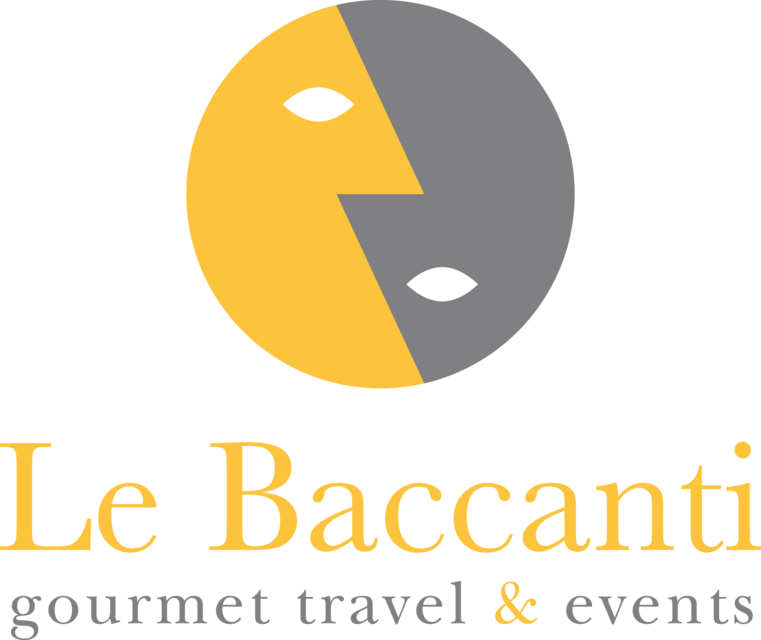Olive oil has been constantly present as an indispensable element of nutrition and social survival in all Mediterranean cultures for four millennia, and probably longer. The archaeological evidence of prehistoric oil lamps shows that long before proper comestible oil had been perfected by about 2000 Before Our Era, the rude greasy muck extracted by pre-agricultural man served to satisfy his need of making light, of illuminating darkness, of keeping at bay the terrors of the night . . . and in fact, oils not of comestible quality were used for home illumination in many Mediterranean rural areas until well after World War Two. Besides their alimentary uses, good oils have always been vitally important as medicinals and cosmetics and as deeply-rooted symbols in religions and mythologies . . . Noaheuros olive branch, sacred ritual anointings, Odysseuseuro marriage bed built out of the living trunk of an olive tree, a recently-founded Italian progressive political party, to name a few.By the time of Moses, around 1800 Before Our Era, olive cultivation and olive oil production - the Old Testament speaks often of it - had spread to all the then-known arable lands around the Mediterranean, an economy carried farr afield many centuries later by Roman expansion. Many different kinds of trees and fruits came out of this, partly by natural selection in different soils and climates, partly by empirical observation and grafting for desirable traits. In the course of the eighteen centuries between Caesar and Napoleon, nearly all of the then-populated Italian peninsula lying below certain temperature limits broke forth in olive trees that bore fruits of widely different characteristics. Today the oils from the lands around Lake Garda in the north are considered the lightest, those from Liguria the most fruity, the Tuscan ones the most balanced in extremely fine olivy flavour, robust consistency and durability, the Apulian ones the pepperiest, and so on through many zones and regions. The long-proven healthfulness of diets based on ample lashings of extra-virgin olive oil need hardly be reit-erated here . . . by now universally known, it attracts new and contented adherents every day. HISTORYThe oldest traces of plants that may be thought of as the ancestors of olive trees have been found in south-central France and dated to about fifty million years ago. Olive-tree fossils have turned up in the Sahara Desert. Prehistoric man doubtless ate the small, harsh, bitter olives he found on wild trees. After roughly 2000 Before Our Era, olive culture and the complicated science of oil extraction spread outward from the eastern Mediterranean basin into Anatolia, Egypt and Greece. Much later, by the first century Before Our Era, olive oil production had become so vital to Roman Italy that thousands of Greek slaves, trained and specialised in these arts, worked vast estates for domestic use in the endless empire and for export to the barbarian north. After the fall of Rome in the fifth century of Our Era, Italian production fell on hard times and eventually all but perished, but the Arabs in Spain not only carried on old traditions but developed new and better methods. Around the year One Thousand, in the times of the Italy of the City-States (Comuni), new impetus was given to this so very vital economy, at first especially in Tuscany around Florence and Siena but soon, by about 1300, all over the peninsula. Not only did good extra-virgin oil become an indispensable staple of diets but also an index of prosperity, even of wealth. Ever since about 1880, all of southern Italian agriculture has been pivoted on oil production in great quantities, with less attention to quality. For long now the extra-virgin oils of the Centre and North, especially of Liguria, Tuscany and Umbria, have led in quality by unbeatable margins, as is recognised by demanding gourmets the world over.




